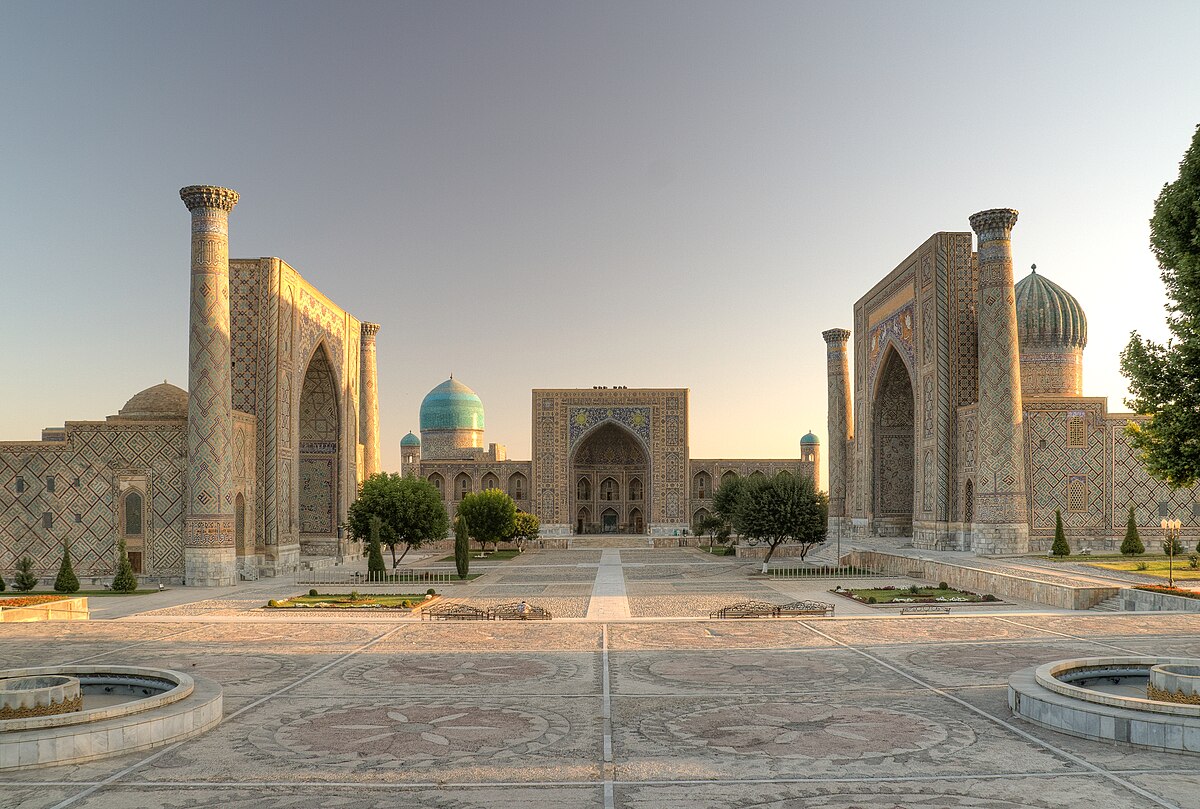I'm thinking a Time of Troubles PoD. Suppose it results in a weaker, conquered, or more westward looking Russia; what do you think might happen to Siberia? I heard something about an indigenous uprising during the time of troubles, but Russian troops were ultimately able to put them down. If Russia was in a weaker place, would the native Siberians have a chance at driving the Russians out?
It seems the river routes and flat topography makes the land east of the Urals particularly vulnerable. Would Poland, Sweden, Ruthenia, or whoever else have just an easy a time conquering it? Would we see more Polish and Cossack offshoots, like the state of Jaxa? It seems like relations between Jaxa and China were spoiled because Jaxa was trying to be a vassal to both Russia and China. If Russia was less of a concern, Could other northern Asian states have been viable in the 17th century; cossack, indigenous, or otherwise?
First post. I hope I didn't commit any major faux pas .
It seems the river routes and flat topography makes the land east of the Urals particularly vulnerable. Would Poland, Sweden, Ruthenia, or whoever else have just an easy a time conquering it? Would we see more Polish and Cossack offshoots, like the state of Jaxa? It seems like relations between Jaxa and China were spoiled because Jaxa was trying to be a vassal to both Russia and China. If Russia was less of a concern, Could other northern Asian states have been viable in the 17th century; cossack, indigenous, or otherwise?
First post. I hope I didn't commit any major faux pas .
Last edited:








